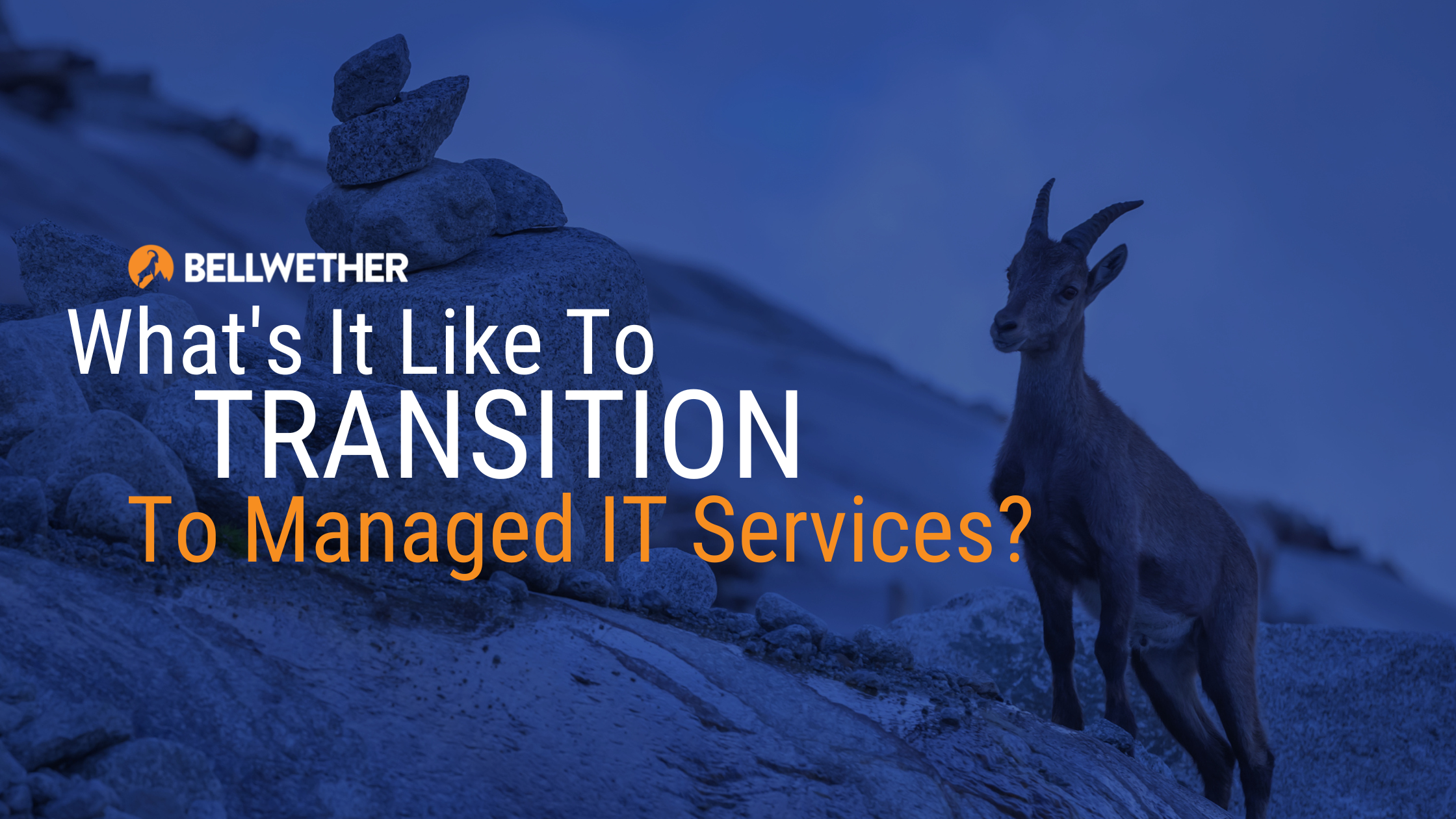
What’s the transition to a managed IT services model going to be like? That’s the question that comes up next after you’ve decided that you need to do something different with IT, and managed services are the solution to your problems. Whether you’ve picked a provider or you’re still evaluating your short list, asking questions about what the transition to the new services will look like will help you to be prepared.
The managed service provider (MSP) should have an established onboarding process that they follow to get clients started with services. The goal of onboarding is not just to get support started, but to manage the transition so that your business operations aren’t disrupted. Even with a documented process, there still may be bumps in the road, but really great communication is the impetus for overcoming difficulties.
Communication is the Key to a Smooth Transition
Communication is vital to a great onboarding process and to the start of a great long term relationship with your new provider. In fact, you should expect a lot of communication going back and forth from your main point of contact (POC) to the MSP main point of contact.
On your end, you need to make sure that your POC has the bandwidth to play their part in the process. Your POC may be your IT manager (if you have one) or it could be an executive or office manager. This person doesn’t need to have technical knowledge. They just need to be able to assist in information gathering and relay communications to the appropriate people. The quicker the pace of this process, the faster the onboarding will go.
The POC on the MSP side should act as a liaison, walking you through the onboarding process, answering your questions and keeping track of progress. They will facilitate information gathering so the MSP has what they need when it’s time for the cutover.
Related: Get the Guide to Managed IT Services and learn how to enable operations with IT
Gather Information on Everything That Will Be Supported
Be prepared for a lot of information gathering. If you’ve already been working with an MSP, then the new MSP may communicate directly with them. When both companies act in a professional manner, this won’t be a problem but will act more like a handoff.
If you’re transitioning to managed IT services from internal IT or a small IT company, the information gathering may not be as smooth as it’s likely that everything had not previously been compiled in one place.
When you’re moving from internal IT to managed services, the best-case scenario is to have your IT manager stay on staff for at least 30 days or even a few months, if possible. It’s likely they have important knowledge that they can share with the MSP team, in addition to the initial onboarding documentation.
When we’re talking about information we’re referring to:
- List of computer users
- Inventory of computer hardware and connected equipment
- List of software applications
- Administrative passwords to access IT systems
When it comes time for the actual cut over to the new managed service company, there will be some things that are transitioned right away and some that will happen after the fact. For example, the MSP will want specific security and monitoring tools in place as well as access to all servers, workstations and equipment.
Getting all of your applications transferred to the new managed IT company may take some time. Some transfers may take a few days, but some could take a couple of weeks.
Let Employees Know What’s Happening
Keeping your employees in the loop about what’s happening can prevent a lot of stress. Change is hard for a lot of people, but fears can be eased when you build expectations. Let them know that the new MSP may do things a little differently, but that the transition won’t last forever. The end result will be that the new support situation raises everyone’s expectations for how they can use technology and that pumps new energy into how your business serves your customers.
Issues That Need Immediate Attention Will Be Addressed
Be aware that as the new managed IT service provider gets started with services and really digs into your IT systems, they may uncover some issues and situations that didn’t come up in their initial discovery.
If there are issues that need immediate attention, like a security vulnerability, expect them to contact you right away about it. Otherwise, you can expect to have a list of recommendations to discuss with your vCIO when you meet after the first 90 days of services.
Related: Cybersecurity Basics: 12 Essential Layers You Can’t Ignore
Transitioning to a new managed IT service provider will stir up some activity and communications while it’s happening. But once you get into the swing of it, you’ll be glad that you made the change. Keep in mind that improving IT doesn’t just improve your day-to-day experience with technology, it sets your organization up for digital transformation.
Make a Smooth Transition to Bellwether Managed IT
If fears about what it’s going to be like to transition to a new IT support provider is holding you back from making a change, it’s time to set those fears aside. At Bellwether, our onboarding process gives new clients the best experience possible. Once you get going with services, you’ll wonder why you didn’t make the change sooner.
Get in touch to schedule an IT assessment.
